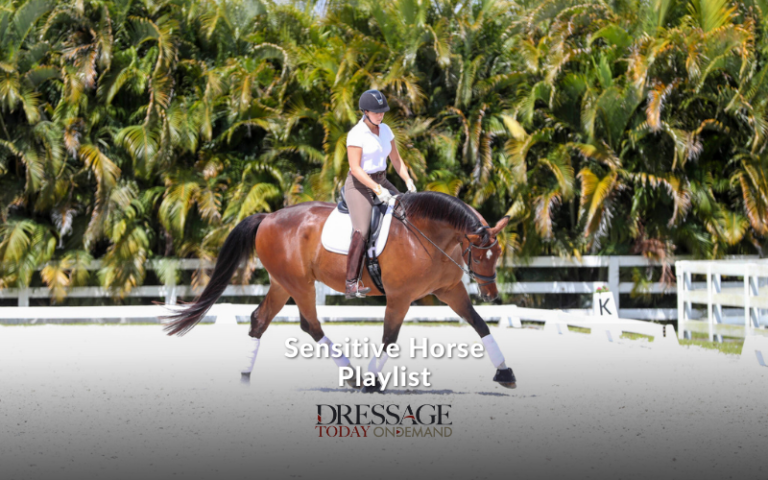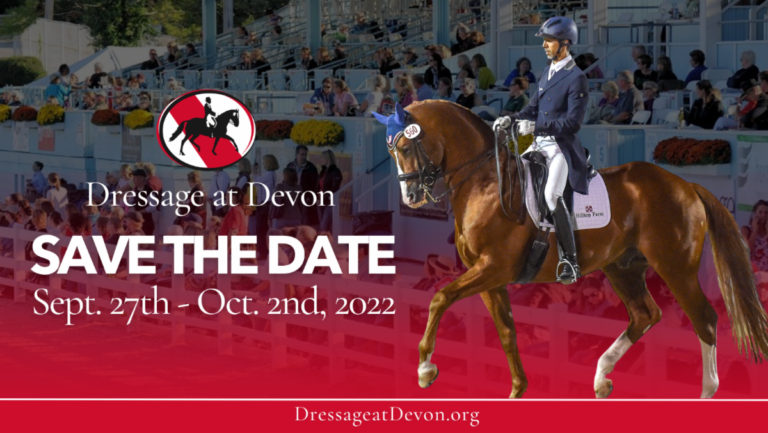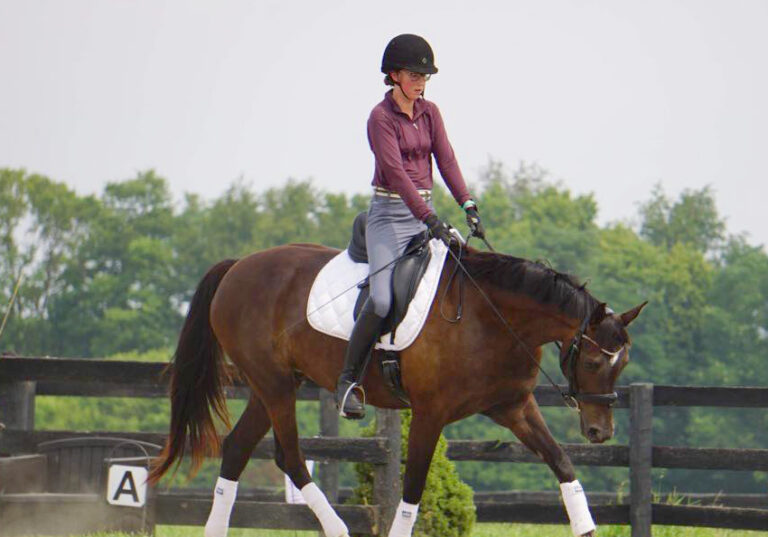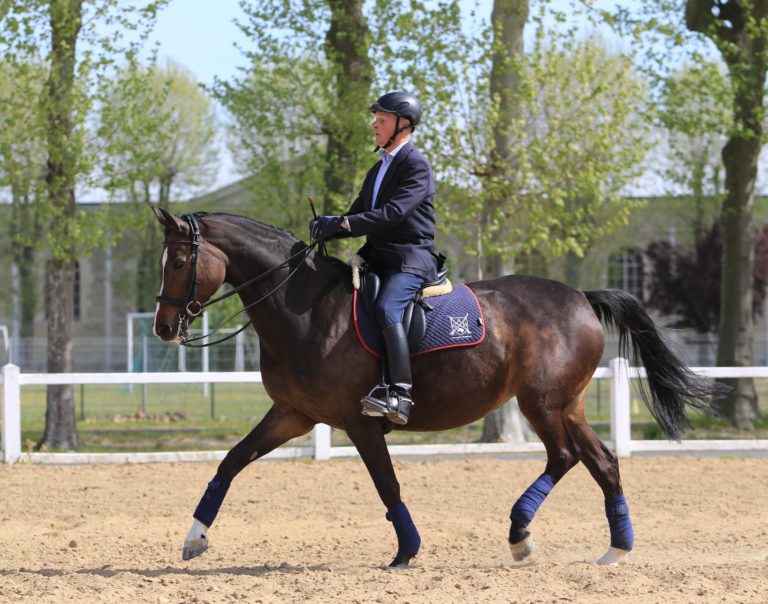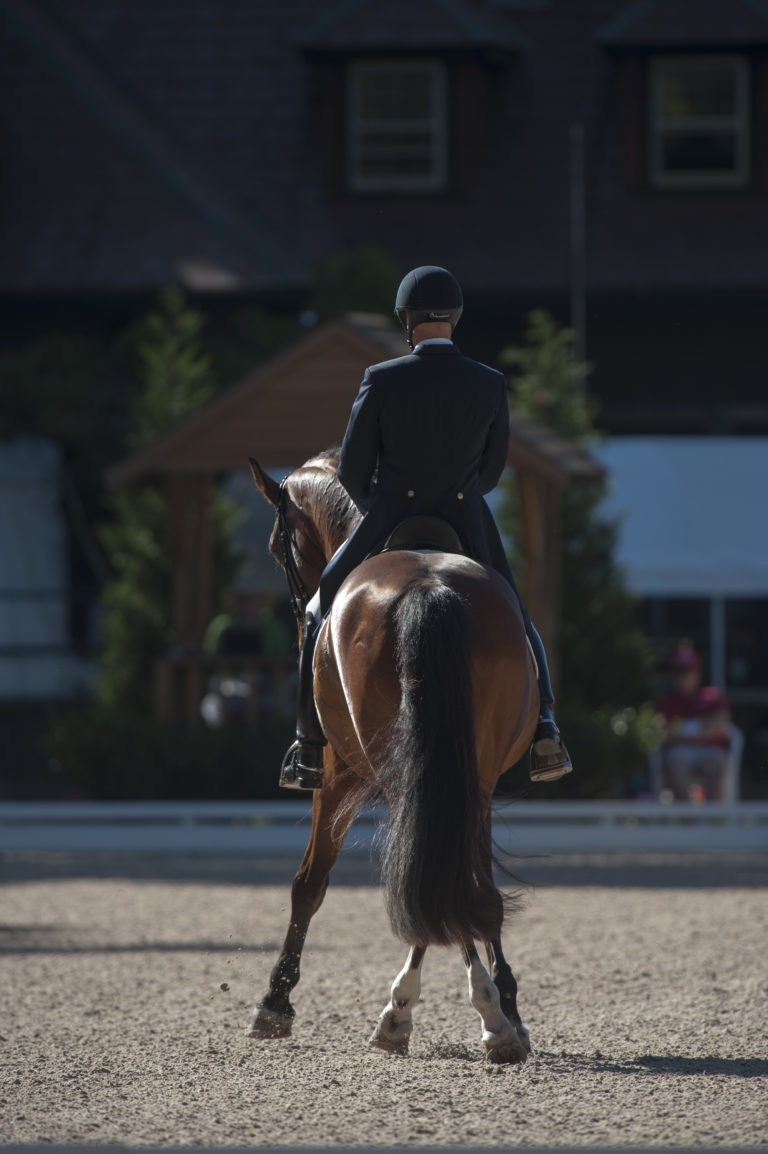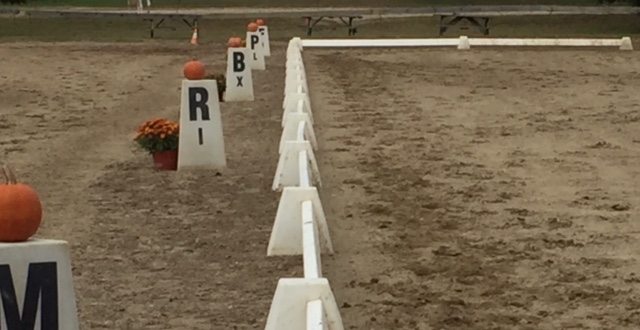A couple weekends ago, Sven took us to watch the Hamburg Derby.
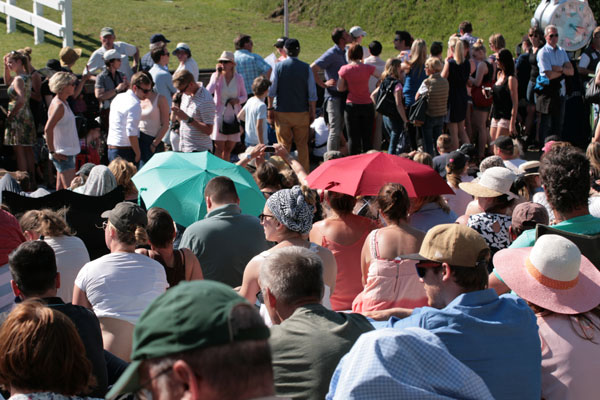
For the dressage portion, there were three pony riders and three Grand Prix riders participating in the derby. Each rider had their own familiar horse. In the class, the rider rode his or her own horse and then each of the other two horses as well. The winner was chosen once the three scores were averaged. The stands were packed and the audience was well educated in the sport. For example, in the Grand Prix, one lady made a mistake on her own horse in the ones, and when the next rider got all 15 on the same horse, everyone cheered! The Grand Prix riders did the short test, but the horses were super fit to do it three times in a row. Each rider only got to warm up the unfamiliar horse for 7 minutes. The format really separated the good riders from the great. Seeing each horse respond to each riders’ aid revealed how effective they were in a way you would never know if you only saw them ride the familiar horse.
Later in the afternoon, the jumping began. Sven told us the Hamburg course is one of the hardest jumping courses in Germany, the reason being “The Wall.” The horse goes up a hill, takes a jump, and then one stride later negotiates a Man from Snowy River-style vertical drop with one stride before another huge fence. A lot of horses and riders made it through, but a lot didn’t. No one went clean in the course, so the jump-off was comprised of riders with 4 faults. The audience was spread out not only in the stands, but in the fields around the ring. It was one of the first warm days of spring, and there was a beach-like atmosphere as everyone pulled out their hats and sunscreen for some impromptu sunbathing on their picnic blankets. The crowd was excitable as the horses completed the course, clapping whenever the horse completed a difficult feat and groaning when they knocked a rail. There were a few falls, but no one was hurt.
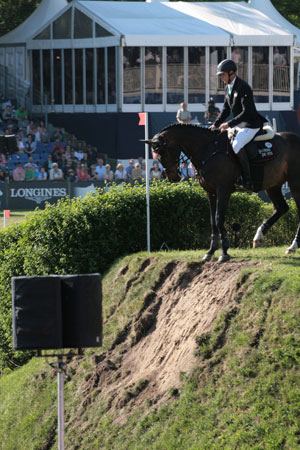
There was an incredible trade fair, with temporary tents set up all around the rings. There was a restaurant and bar under the sturdiest tent, where we drank “weinschorle” in between the classes. For those of you that haven’t tried one, it is a chilled wine spritzer that is approximately one part white wine and one part sparkling water. It is refreshing on a warm day! There was also a Haribo booth selling gummy candies, crepe carts that had barrels of Nutella on display, German food, ice cream, tack stores selling everything you could want for jumping and dressage as well as other vendors selling clothing, accessories and more.
Last week, I tried another German delicacy: Spargle mit Sauce Hollandaise und Kartoffeln. It is the local white asparagus, which you can see in the fields growing under plastic mounds, served with potatoes and Hollandaise sauce. For me, the interesting part began before the cooking. There was a lack of planning on my part because I showed up at the farm-stand and realized I only knew a few words out of the many needed to order the asparagus I wanted from a German-speaking farmer. One was “spargle,” which is arguably one of the more important ones. He explained to me in German all the different sizes and qualities. I am sure it was fascinating, so I was nodding politely and pointed to the smaller ones because they looked more normal (the large ones were the size of small trees.) At this point he was asking how much I wanted, and I wanted a “normal” amount for four people, but the only word I could say in German was four… next he was filling a bag enough spargle to sink a canoe! I finally got him to stop short of the 4 kilos he was going to give me. Oops! Well, it worked out. We were able to enjoy the delicious vegetable for a couple evenings.


